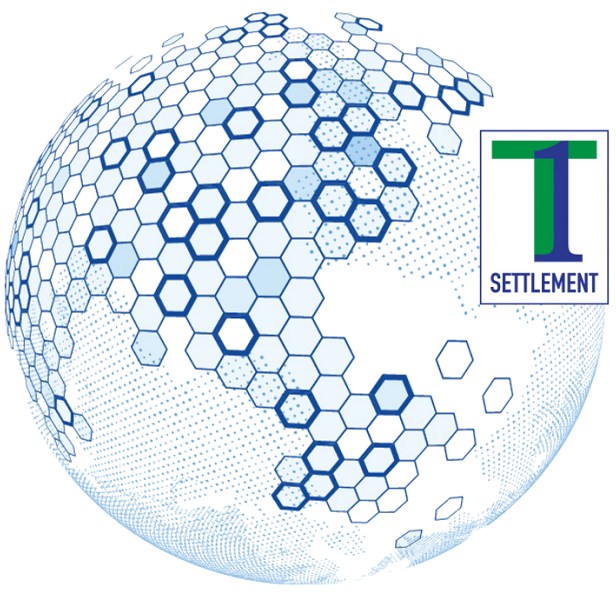
DTCC comments on the industry’s T+1 progress
DTCC have issued the following statement regarding the launch of T+1:
T+1 was introduced in the U.S. on Tuesday, May 28, and the industry has been operating on an accelerated settlement cycle since that time.
Affirmation Rates
Our analysis shows that as of yesterday, May 29, 94.55% of transactions were affirmed by the Depository Trust Company (DTC) cutoff time of 9:00PM ET on trade date. This represents a significant change from the affirmation rate observed at the end of January (73%).
When considering specific market segments as of end of day on May 29:
- Prime Broker Affirmation Rate: 98.6% (up from 81% in January)
- Investment Manager Auto Affirmation (central match) Rate: 97.5% (up from 92% in January)
- Custodian or Investment Manager (self) Affirmation Rate: 84.29% (up from 51% in January)
Brian Steele, Managing Director, President, Clearing & Securities Services, said, “After working closely with the industry for over three years, we are pleased these efforts are driving a smooth transition, including very high same day affirmation rates, which increased to 94.55% yesterday. While we are proud of this progress, we will continue to collaborate with SIFMA, ICI and the industry to ensure a successful T+1 implementation in the coming days and weeks.”
Fail Rates
- CNS Fail Rate: On May 29, the first day of T+1 settlement, the CNS Fail Rate was 1.90%. This is lower than the May average of 2.01% for T+2 settlements.
- DTC Non-CNS Fails Rate: Similarly, on May 29, the DTC Non-CNS Fails Rate was 2.92%. This is lower than the May average of 3.24% for T+2 settlements.
Clearing Fund Impact
In a T+1 environment, the NSCC Clearing Fund decreased by US$3.7 Billion (29%) from the past quarter average value of US$12.8 Billion to US$9.1 Billion. The NSCC Clearing Fund decreased by US$3.1 billion (25%) from the past month average value of $12.2 billion in a T+2 environment to US$9.1 Billion.
Tim Cuddihy, Managing Director and Group Chief Risk Officer, stated, “One of the key industry benefits of T+1 is the significant decrease in clearing fund requirements, which have decreased by around $4 billion – a significant reduction that is enhancing liquidity, increasing efficiency and mitigating risk for market participants.”

